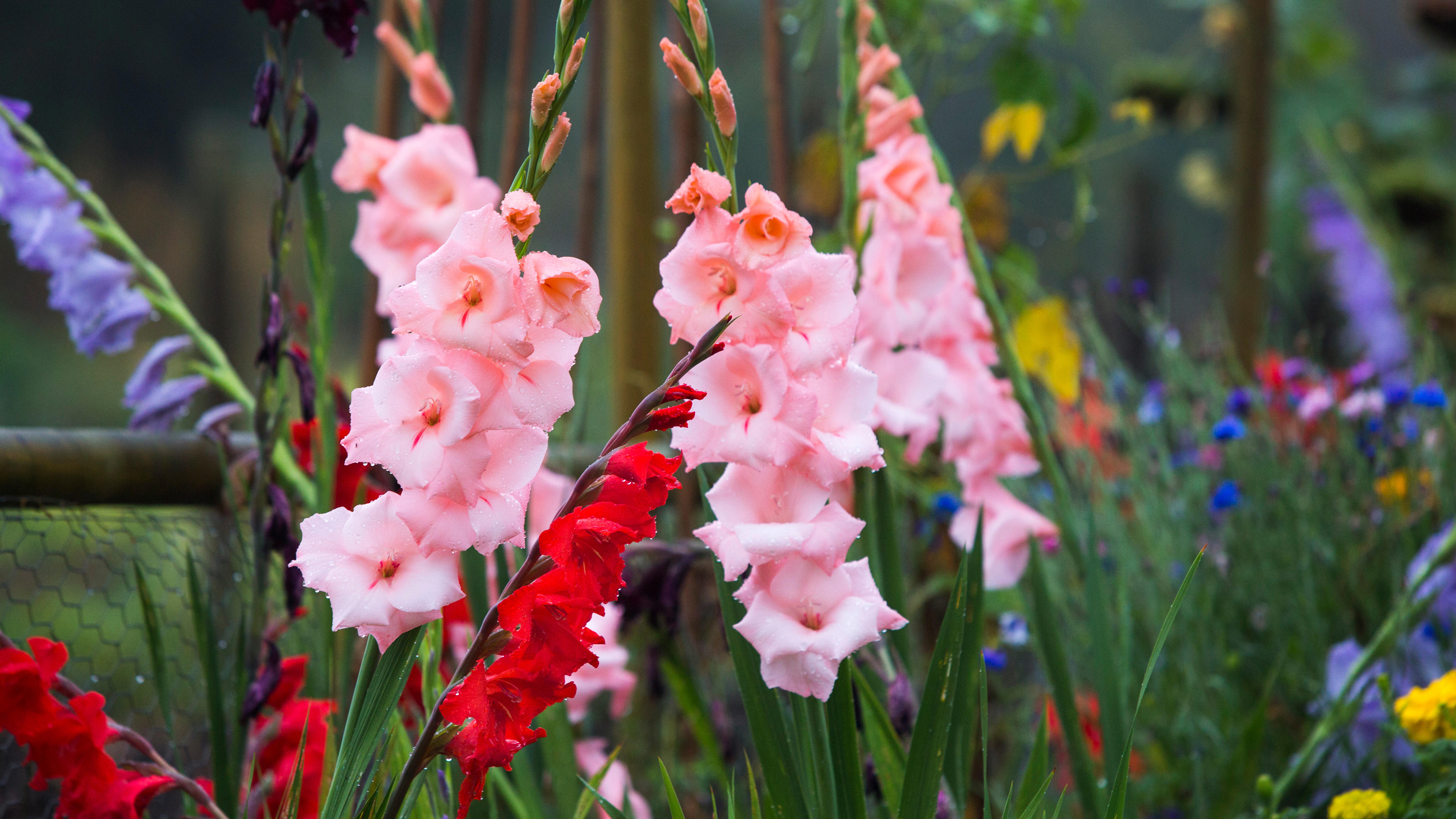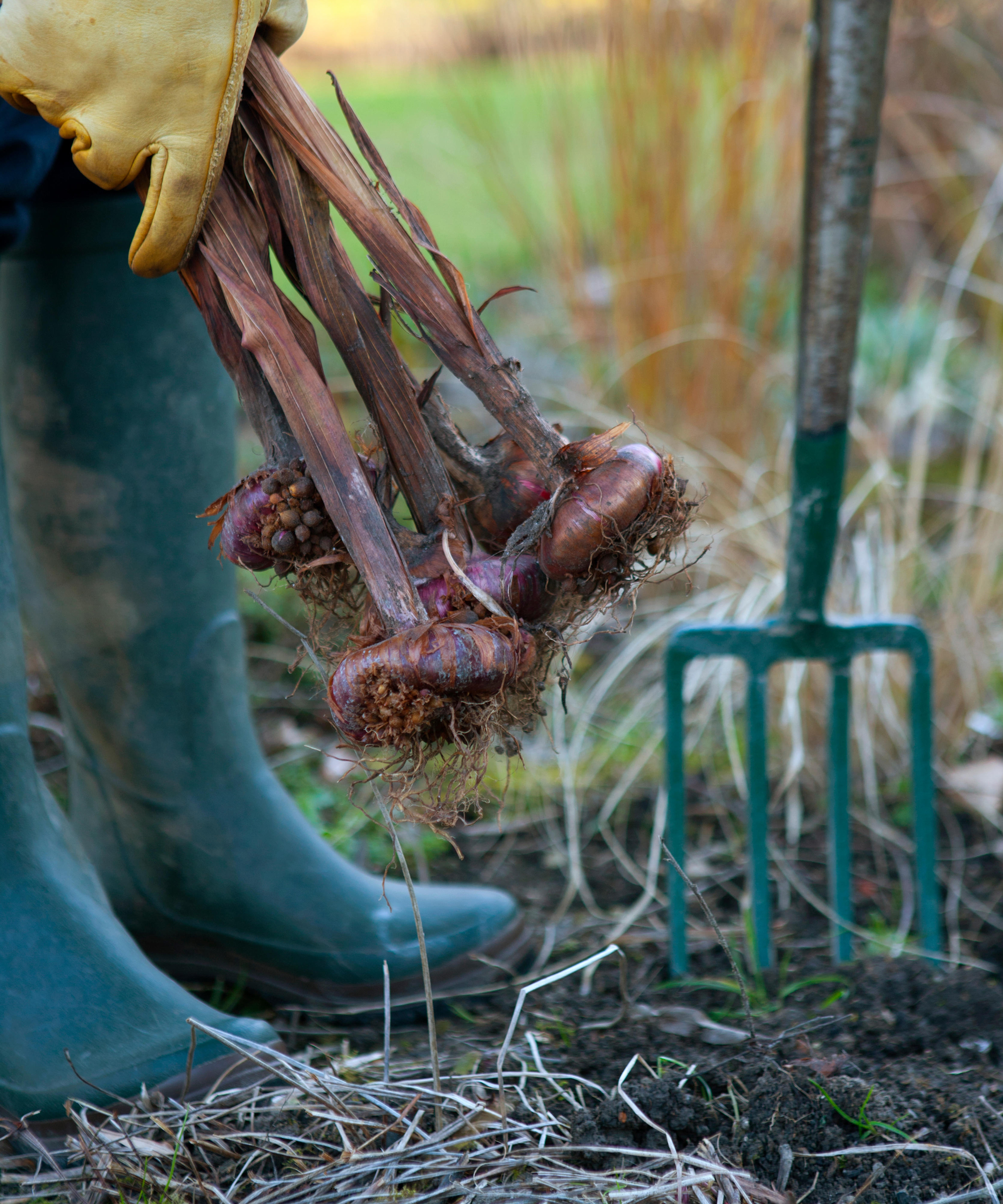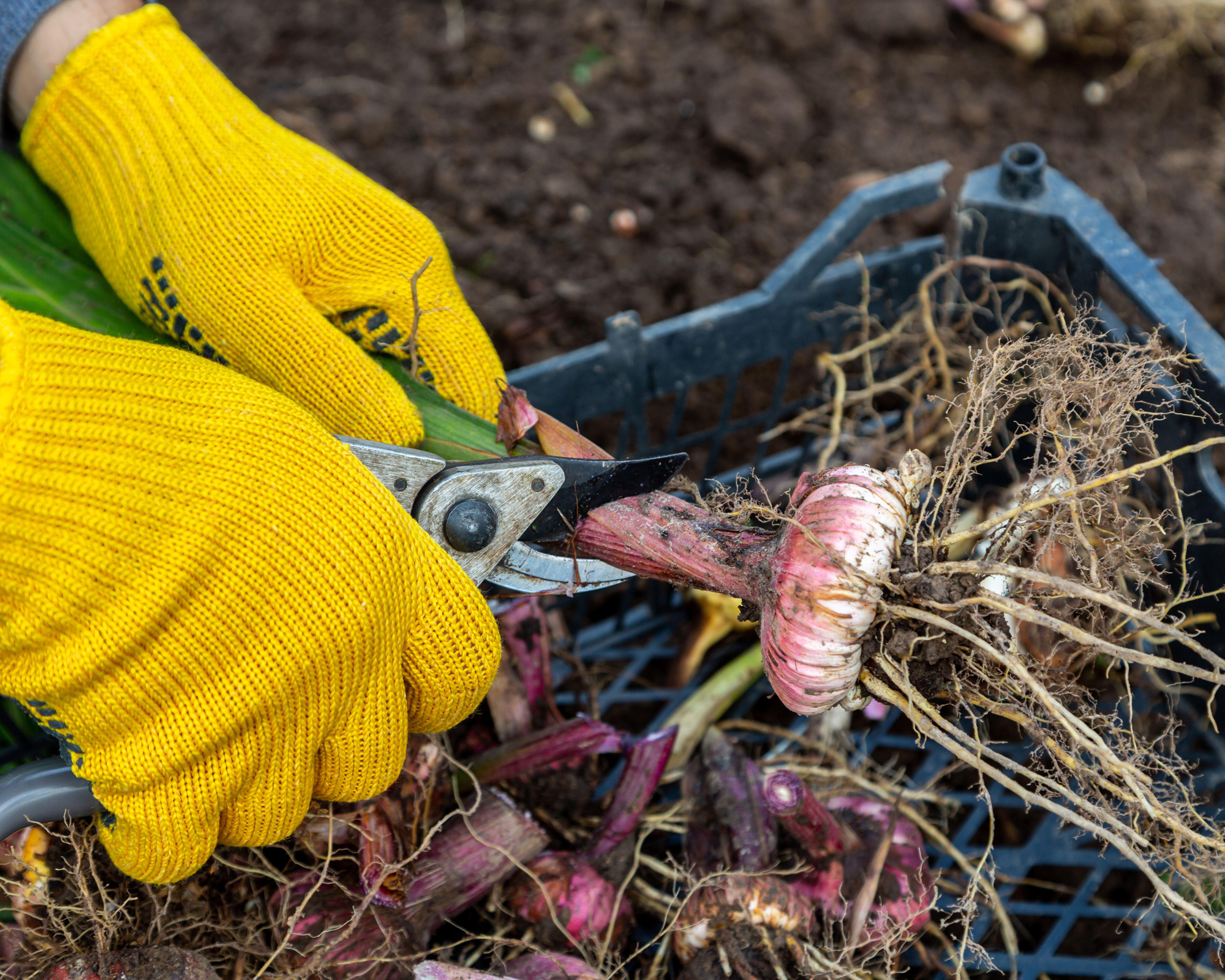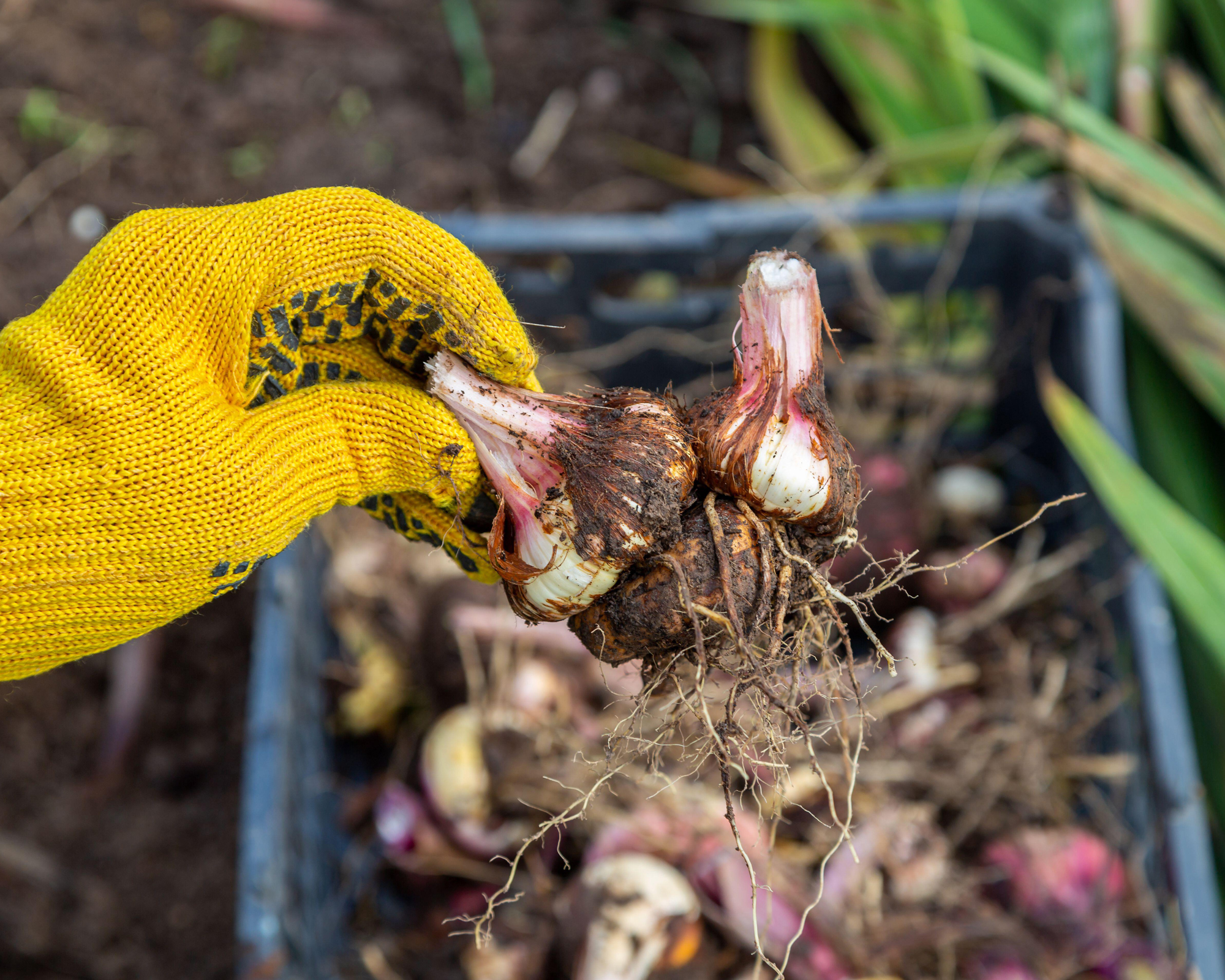Wondering what to do with gladioli bulbs when finished flowering? A gardening expert advises
If you want to know what to do with gladioli bulbs when finished flowering, use these helpful tips to make the most of them

Wondering what to do with gladioli bulbs when finished flowering? You may heard about digging them up, or, conversely, about leaving them be. Which method will give you gladioli flowers next year, and how should you store the bulbs?
Our guide to planting bulbs will explain when and how you should be planting yours for best results, but if your gladioli bulbs already are in the ground, bulb expert and grower Elizabeth Fox of The Rose Press Garden has the following tips for what to do with them.
What to do with gladioli bulbs when finished flowering

Just like learning how to plant gladioli bulbs in the first place, the steps for encouraging them to flower again next year are simple. Essentially, as Elizabeth explains, you have two options. The most reliable way to ensure your gladioli bulbs are viable for next spring is to dig them up and overwinter. 'Once gladioli have finished flowering,' Elizabeth advises, 'cut them down to about 8-10cm (3-4in) and lift the corms out of the compost or borders into trays.'
It is important to allow the bulbs to dry to preserve them, so 'leave them under cover in a dry, cool place, and remove the loose compost. Store them in a cool, dry and frost-free place over winter, ready to plant the following year. Ensure they have good air circulation to prevent rotting.'
A greenhouse is the perfect place to store your gladioli bulbs, but if you don't have one, consider investing in a mini greenhouse, or just keep them in a conservatory or cellar. In fact, any unheated but frost-free area of your home will do. You just don't want those buds to 'wake up' and start growing new shoots in mid-winter.

Sometimes, your gladioli bulbs will have sprouted new growth by the time you dig them up. Elizabeth recommends that 'if there are any small cormlets that have grown from the base of the original corm, these can be picked and potted up.' Do bear in mind that it 'will take a few years before at full flowering stage', so you'll need to decide if potting the cormlets is worth your while. Consider that you already have the gladioli bulbs, you may wish to concentrate on keeping those viable for next year.

Finally, if you live in a climate with mild winters, Elizabeth recommends the second, much easier method – just 'leave them in the ground if you have free-draining soil.' All you need to do is 'cut the gladioli to 8-10cm (3-4in) and give them a thick layer of mulch to keep them insulated through the winter to prevent frost damage and they will grow in spring the following year for a summer display.'
When should I dig up gladioli bulbs?
After the first frost, but before any hard frosts (28°F/-2°C or lower). A light first frost will kill what's left of the plant but won't damage the bulbs. However, if you leave them in too long, the bulbs will get frost damage.
Do not dig up your gladioli bulbs before the foliage has died. The reason for this is that the plant will not have stored enough energy inside the bulb until the foliage has died back. Take care not to damage the bulb itself when digging up, too.
Anna writes about interior design and gardening. Her work has appeared in Homes & Gardens, Livingetc, and many other publications. She is an experienced outdoor and indoor gardener and has a passion for growing roses and Japanese maples in her outside space.
